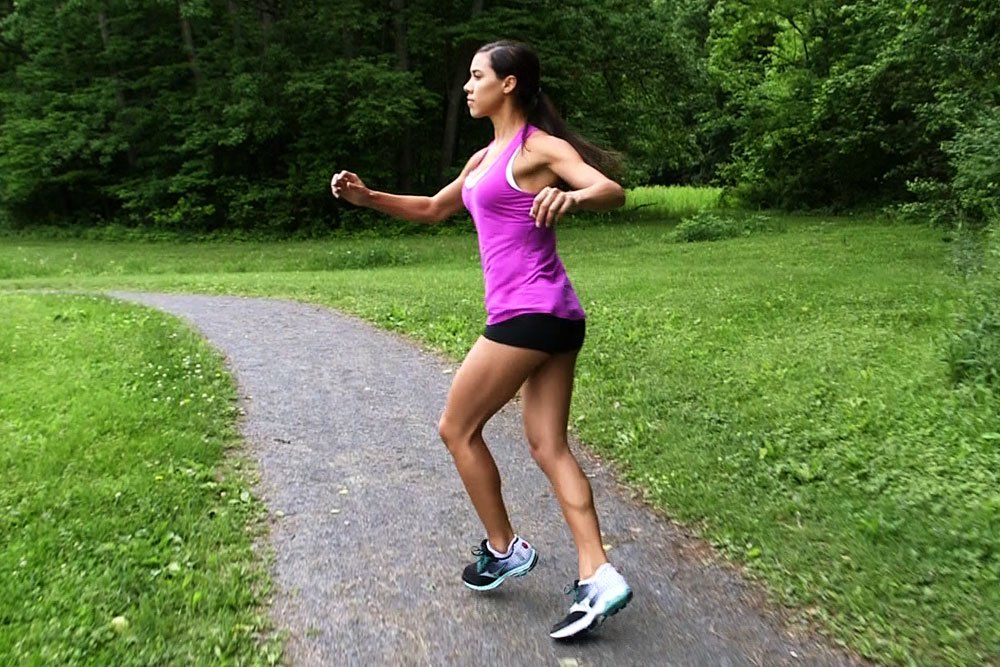Walking is one of the simplest and most accessible forms of exercise. Whether it’s a quick 10-minute errand or a two-hour hike with your dog, walking offers numerous physical and mental health benefits. It’s low-impact, enjoyable, and easy to incorporate into your daily routine.
However, if your daily stroll starts feeling monotonous, you can try this 20-minute walking workout to refresh your routine, boost metabolism, and strengthen your body. This workout works well as steady-state cardio, but it can also be adapted to outdoor settings using hills or staircases.
20-Minute Walking Workout Plan
This workout follows the EMOM (Every Minute On the Minute) format. While weights can enhance the challenge, they are not necessary. The key focus is on increasing your heart rate gradually with pace and incline changes to work your glutes, hamstrings, and core.
Warm-Up (First 2 Minutes)
Start with a comfortable walking pace.
Every 30 seconds, add 1-2% incline to engage your muscles and increase your heart rate.
Workout Routine (Repeat for 3 Rounds):
Minute 1: Flat road walk @ 4-9 km/h.
Minute 2: Add 3% incline and increase speed by 1-2 km/h.
Minute 3: Increase incline by 3% and speed by another 1-2 km/h.
Minute 4: Add another 3% to the incline and further increase speed.
Minute 5: Flatten the road and switch to an all-out power walk.
Minute 6: Slow to 5-8 km/h but raise the incline to 9% or higher.
Adjusting Intensity
Pace and incline can be modified based on your Rate of Perceived Exertion (RPE). If it feels too easy, increase either the speed or incline. On the other hand, if the intensity becomes too challenging, dial back one element to complete the set. By the end, your effort should reach 8-9/10 on the exertion scale, fully working your legs, glutes, and core.
Why Walking Works for Long-Term Health
Incorporating walking into your daily routine not only builds cardiovascular strength but also helps maintain muscle mass and bone density—both critical as we age. Walking, along with resistance training, supports osteogenic loading, which strengthens bones and prevents muscle atrophy.
Even if weight loss isn’t your goal, regular walking improves oxygen flow to muscles and reduces the risk of chronic diseases. It also contributes to NEAT (Non-Exercise Activity Thermogenesis)—the energy you burn through daily movement, like taking the stairs or playing with pets. These small movements can have a big impact on your metabolism and overall health.
The Mental and Emotional Benefits of Walking
Research shows that walking can boost mood, creativity, and emotional well-being. While it’s not necessary to walk outdoors to experience these benefits, being in nature further enhances the experience. Whether you choose to walk in silence or with music or podcasts, prioritizing movement can improve your mental health.
Ultimately, clocking in extra steps—whether through structured workouts or everyday activities—can help you stay healthy and energized. So, lace up your sneakers and get moving even short bursts of walking can have lasting benefits for your mind and body.

















+ There are no comments
Add yours